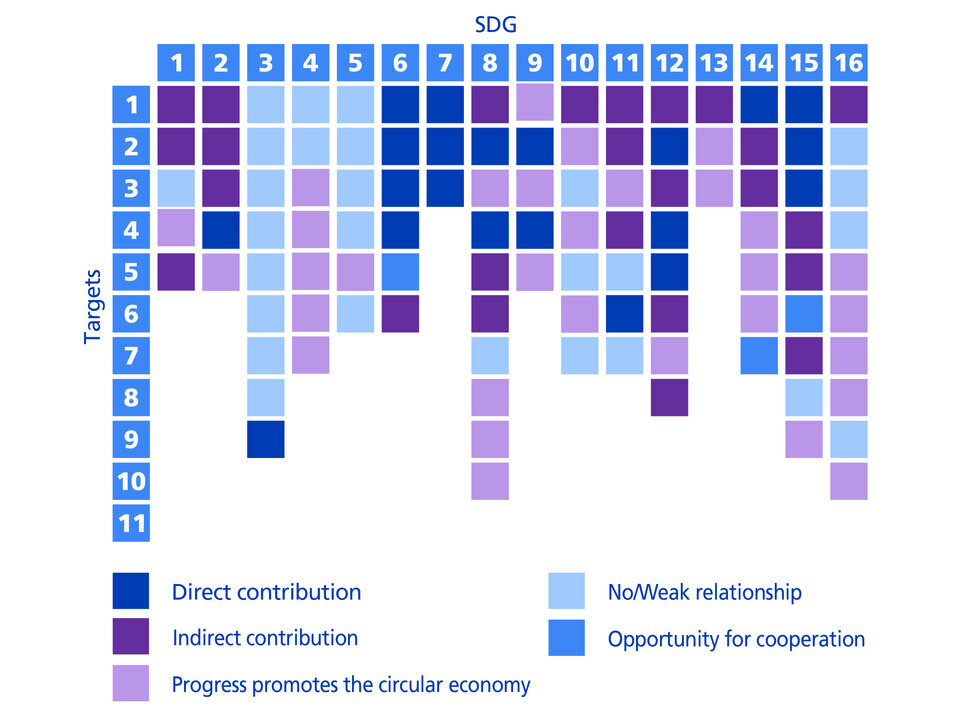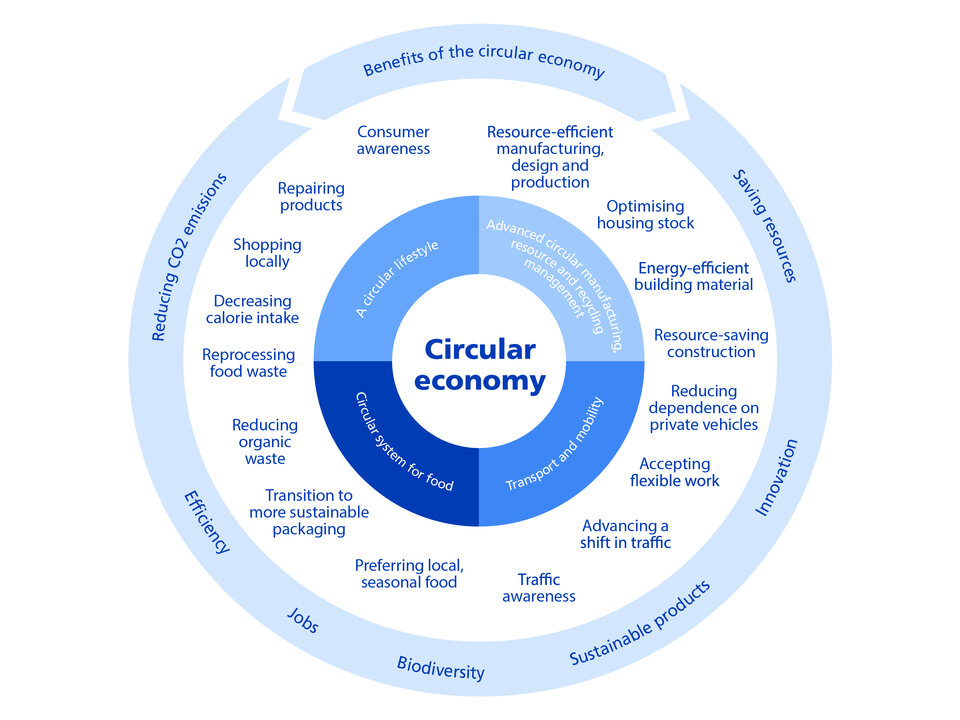The linear economy excessively consumes resources
According to the Earth Overshoot Day concept, humanity is already using significantly more natural resources than can be replenished in the ecosystem. Alternatives are needed.
Today's linear business practices pose the threat of a billion-dollar backlog in the demand for natural resources. This is where the circular economy can offer an alternative. In keeping with the principle "Reduce, Reuse, Recycle, Replace", it decouples economic growth from raw material consumption. The analysis shows what opportunities this also holds for investments.

The shift to a circular system also presents opportunities for investors. According to consultancy firm Accenture, the paradigm shift is expected to release a growth potential of 4.5 trillion dollars. By committing to the longevity, repairability and recyclability of products, companies also increase resource efficiency. Thus, the circular economy contributes to progress towards several of the United Nations' Sustainable Development Goals (SDGs) and the targets derived from them (see chart below).

More and more companies are likely to make investments in the circular economy, driven, among other things, by changing consumer behaviour and new regulations. The market research firm Gartner predicts, for example, that around 60% of global companies will achieve profitable growth through circular supply chains by 2026. Currently, such investments account for just 3% of expenditure in the – still linear – economy. But the race to catch up has begun, and politicians are providing some substantial help in many instances. For example, France is promoting the repair of products by law. Electrical devices must be marked with a repair index, showing consumers how easy it is to repair a product. In addition, the state will pay a repair bonus of up to several dozen euros.
We have used the principle of the four Rs as the basis for compiling an investment universe. This spectrum includes numerous sub-topics from the areas of plastic or bio-recycling, product design and lifespan, higher efficiency in the production process and leasing business models (see chart below). We have also defined three categories of companies for our investment approach: solution providers who offer products and services that address the challenges of the circular economy. Plus, enablers who provide tools, software and technology to promote the circular economy. And finally, the leading users who actively promote the circular economy initiatives, integrate the processes and invest in them.

From an investor's point of view, we believe that the circular economy offers a perfect mix of sustainable, collective commitment and economic efficiency. However, as the future theme is a highly complex issue that is influenced by both regulation and consumer behaviour, specific expertise is essential. Accordingly, funds actively managed by experts can offer great added value: Swisscanto has many years of in-depth expertise in sustainable thematic funds.